Spotting dangerous animals can feel like walking on a tightrope—you’re fascinated yet wary of the risks. While many creatures in the wild are harmless, some have evolved to be lethal in ways you might not expect. From venomous bites to raw power, these animals pack a punch capable of ending lives in seconds. It’s both thrilling and terrifying to think about. Here’s a rundown of 15 creatures you’d want to admire from a safe distance.
1. Box Jellyfish: The Sea’s Silent Killer
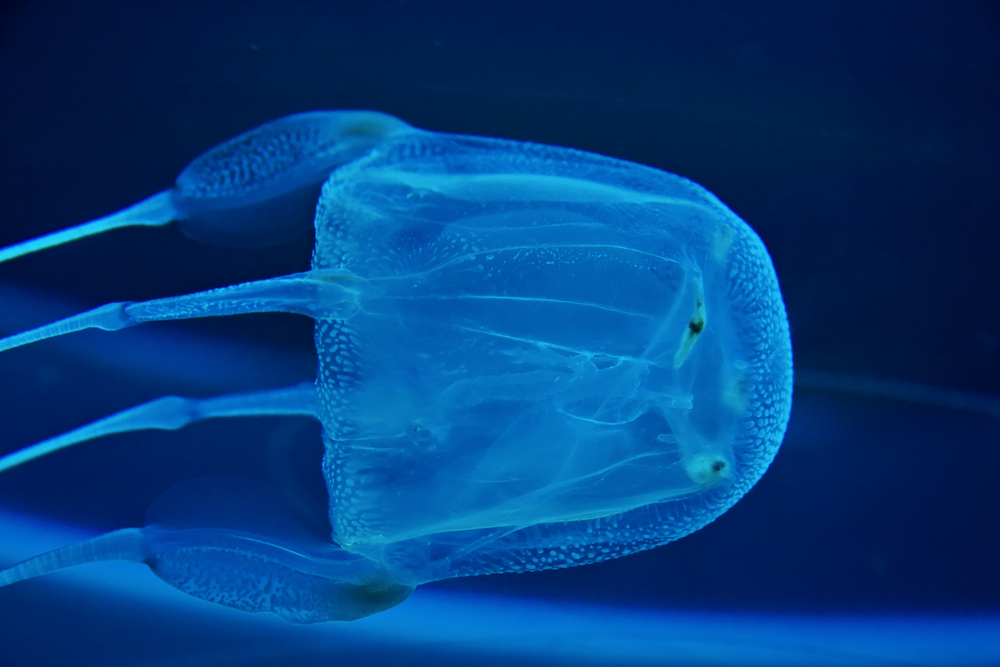
Swimming in the warm waters of the Indo-Pacific is a treat—until you encounter a box jellyfish. These transparent creatures might go unnoticed until it’s too late. Their tentacles deliver a venomous sting that can cause heart failure in under a minute. Victims often experience excruciating pain, difficulty breathing, and paralysis. It’s nature’s way of reminding us who’s boss in the ocean. While vinegar can help neutralize the venom, immediate medical attention is crucial. It’s a stark lesson in respecting the boundaries of marine life.
2. Cone Snail: Beauty with a Deadly Bite
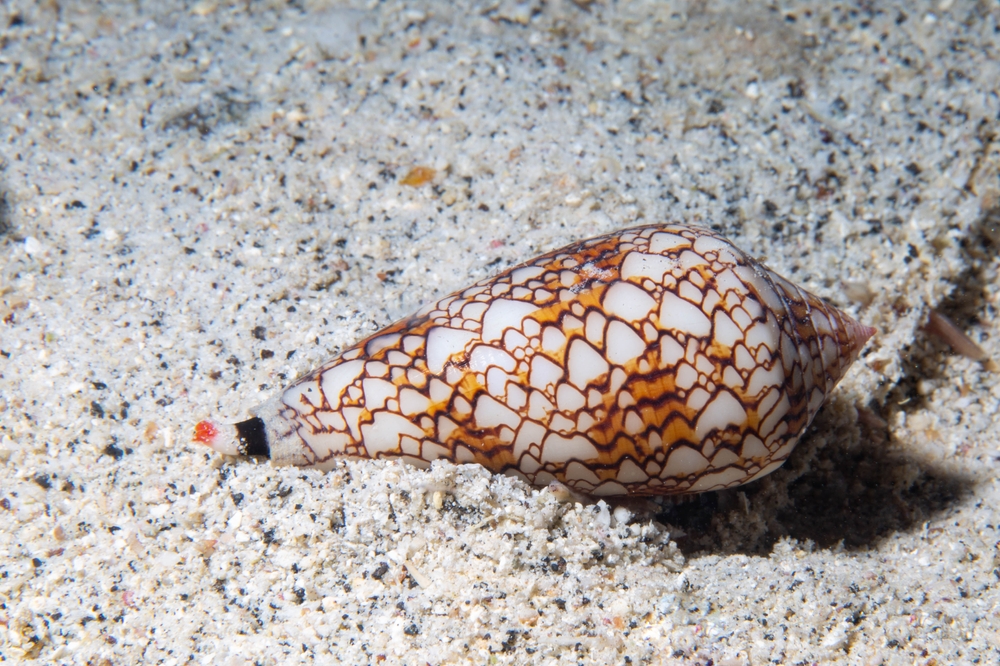
Cone snails are mesmerizing with their intricately patterned shells, but don’t let their beauty fool you. Hidden beneath that shell is a harpoon-like tooth that delivers a potent venom. Known as “cigarette snails,” their sting leaves you with only enough time to smoke a cigarette before succumbing to paralysis and potentially death. The venom attacks the nervous system, and there’s no antivenom available. While fatalities are rare due to their preference for deep waters, it’s best admired in pictures rather than in person.
3. Inland Taipan: The Snake with a Lethal Strike
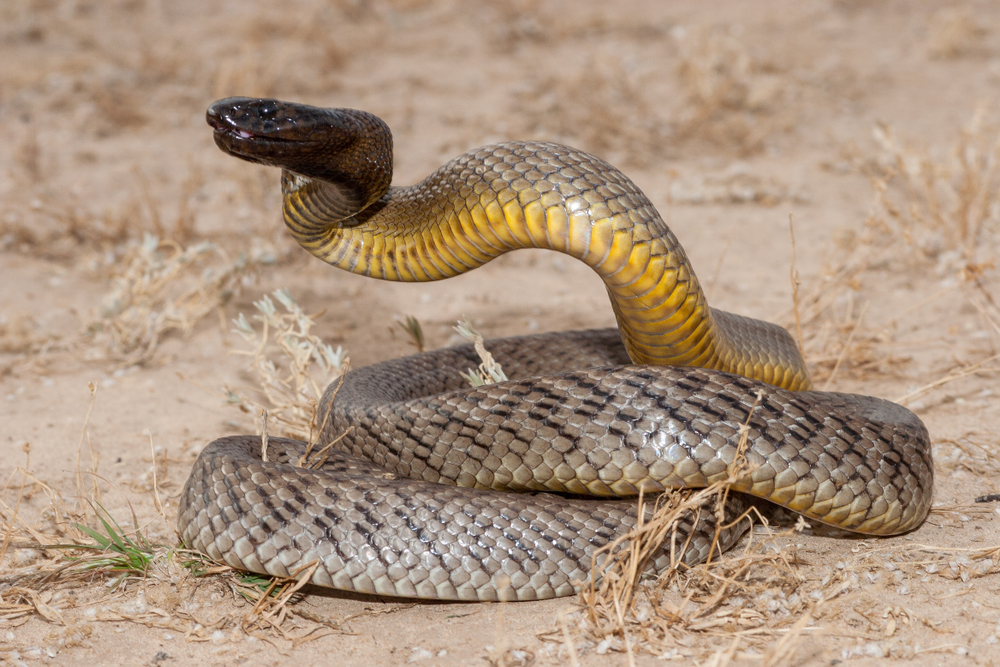
Known as the “fierce snake,” the inland taipan holds the title for the most venomous snake on the planet. Found in Australia, its venom is a cocktail designed to immobilize prey almost instantly. Luckily, it’s a reclusive creature, preferring to avoid confrontation with humans. However, if cornered, its bite can deliver venom potent enough to kill a hundred men. Antivenom is available, but the key is getting treatment fast. Despite its fearsome reputation, bites are extremely rare, courtesy of its shy nature.
4. Blue-Ringed Octopus: A Tiny but Mighty Adversary
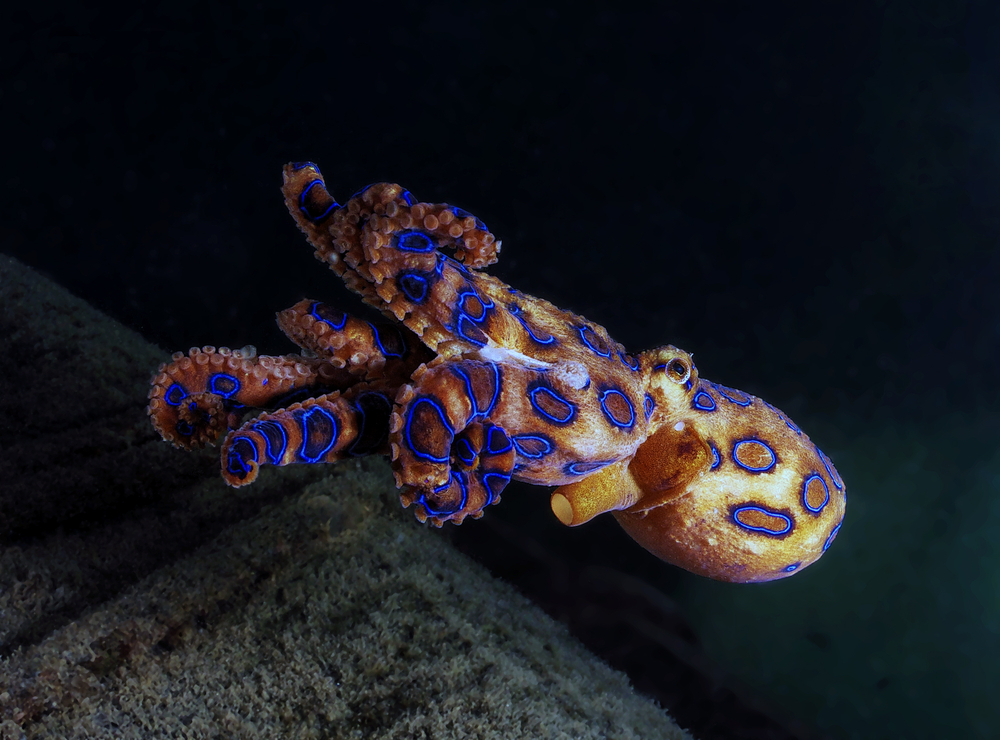
The blue-ringed octopus may be small, but it’s a potent force in the ocean. With venom strong enough to kill 26 humans in minutes, it’s best admired from afar. This tiny octopus signals its deadly nature by flashing iridescent blue rings when threatened. Its venom causes muscle paralysis, leading to respiratory failure. There’s no antivenom, so the best defense is awareness and avoidance. These creatures are a testament to the fact that size doesn’t always determine might in the animal kingdom.
5. Brazilian Wandering Spider: A Web-Free Menace
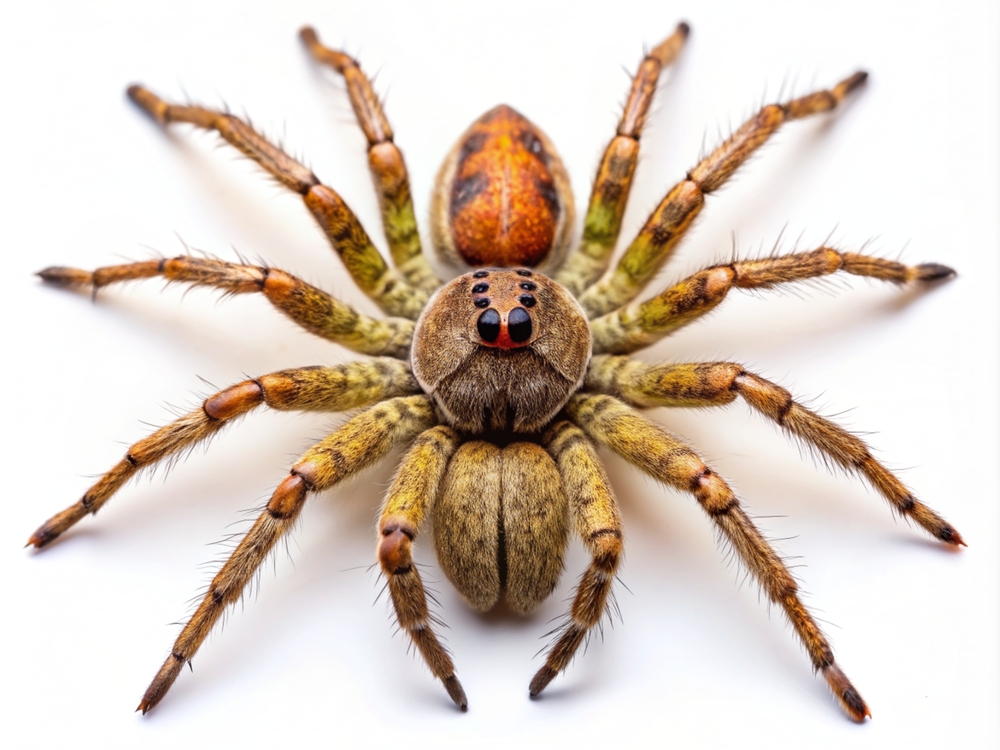
Unlike most spiders, the Brazilian wandering spider doesn’t rely on webs to catch its prey. Instead, it roams the jungle floor, and its venom is efficient enough to be deadly within minutes. Known for its aggressive nature, this spider’s bite can cause severe pain, paralysis, and sometimes death. Native to South America, its nickname “banana spider” comes from its habit of hiding in banana bunches. While antivenom exists, it’s a reminder to be cautious when exploring tropical regions.
6. Stonefish: The Master of Disguise
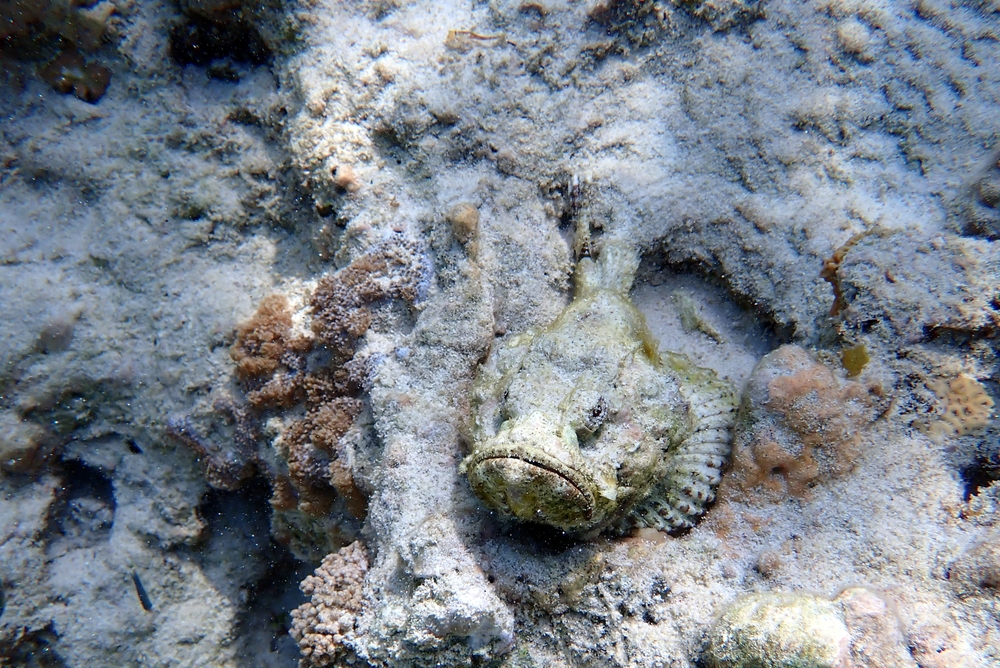
Stonefish are the masters of camouflage. Often mistaken for rocks on the ocean floor, this fish carries venomous spines capable of delivering a fatal sting. A step on a stonefish’s back can result in intense pain, swelling, and even death if untreated. Found in shallow coastal waters of the Indo-Pacific, they’re a reminder to watch where you step when exploring coral reefs. While antivenom is available, quick action is crucial, turning a day of snorkeling into a potential survival challenge.
7. Deathstalker Scorpion: The Desert’s Unseen Threat
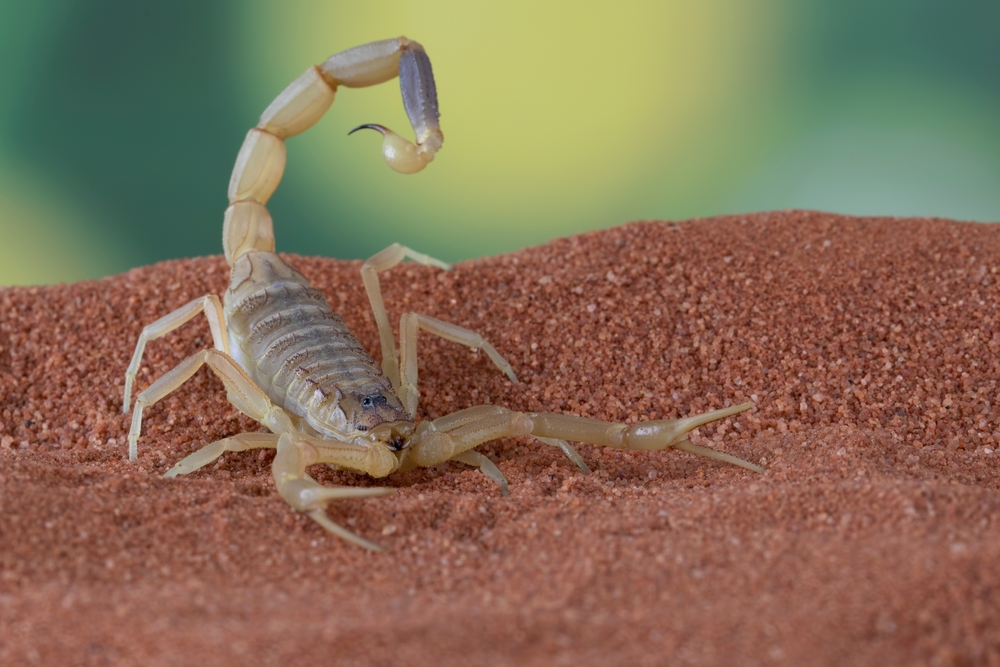
In the deserts of North Africa and the Middle East, the deathstalker scorpion reigns supreme. Its venom is a powerful mix of neurotoxins, causing excruciating pain, paralysis, and sometimes death. Its name reflects its lethal potential, though fatalities are rare due to available antivenom. Small in size, it often goes unnoticed until it’s too late. The deathstalker is a testament to the harsh realities of desert life, where survival often hinges on both speed and stealth in equal measure.
8. Africanized Bees: The Relentless Swarm
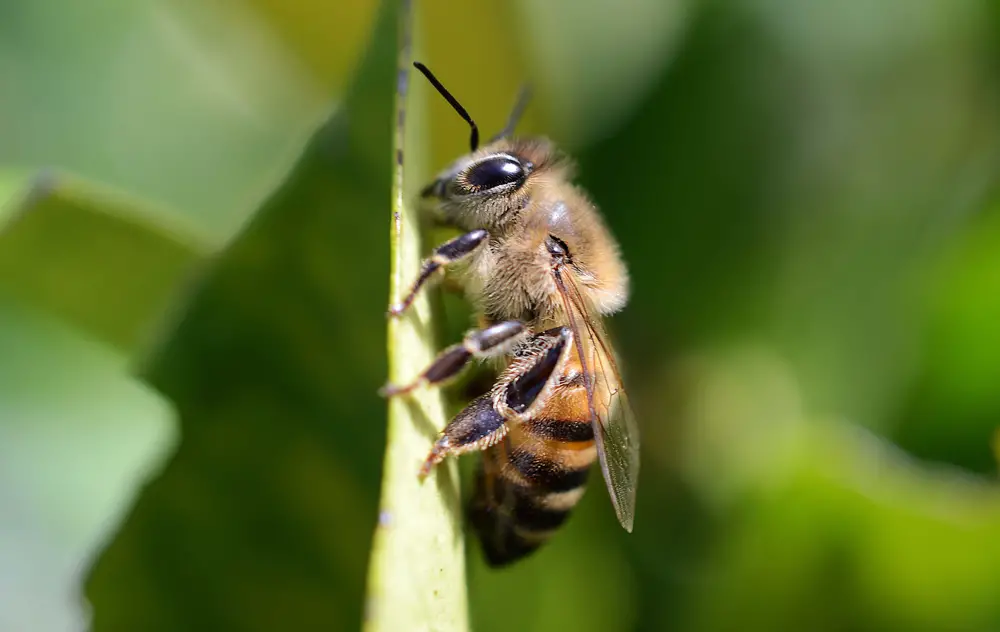
Commonly known as “killer bees,” Africanized bees defend their hives with unmatched ferocity. Unlike other bees, they attack in swarms, chasing perceived threats for long distances. A swarm’s stings can overwhelm the body’s defenses, leading to shock or death quickly. Originating from hybridization experiments in Brazil, they have spread across the Americas. While individual stings aren’t more venomous than those of regular bees, the sheer number of them makes these bees a force to be reckoned with.
9. Cape Buffalo: The Unpredictable Herbivore
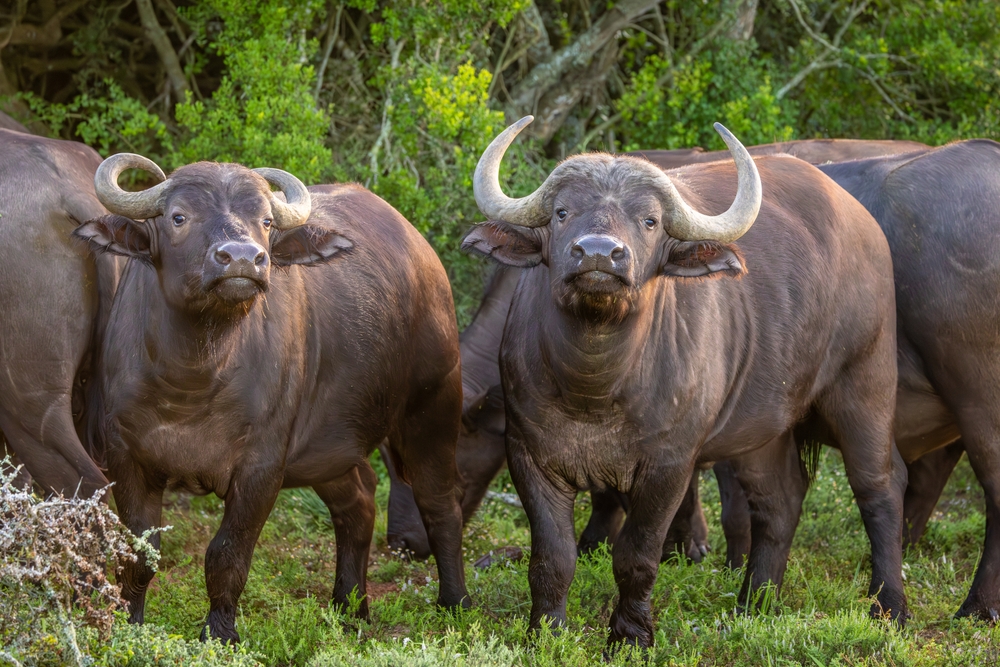
Cape buffalo might seem docile when grazing, but they are one of Africa’s most dangerous animals. Known for their unpredictable nature, they can charge without warning. Weighing up to a ton, they’re capable of trampling or goring a threat to death in moments. Often referred to as “The Black Death,” they’re responsible for more fatalities in Africa than most predators. Their sheer size and speed make them a formidable presence on the savannah, highlighting the complexity of survival in the wild.
10. Saltwater Crocodile: The Apex Predator
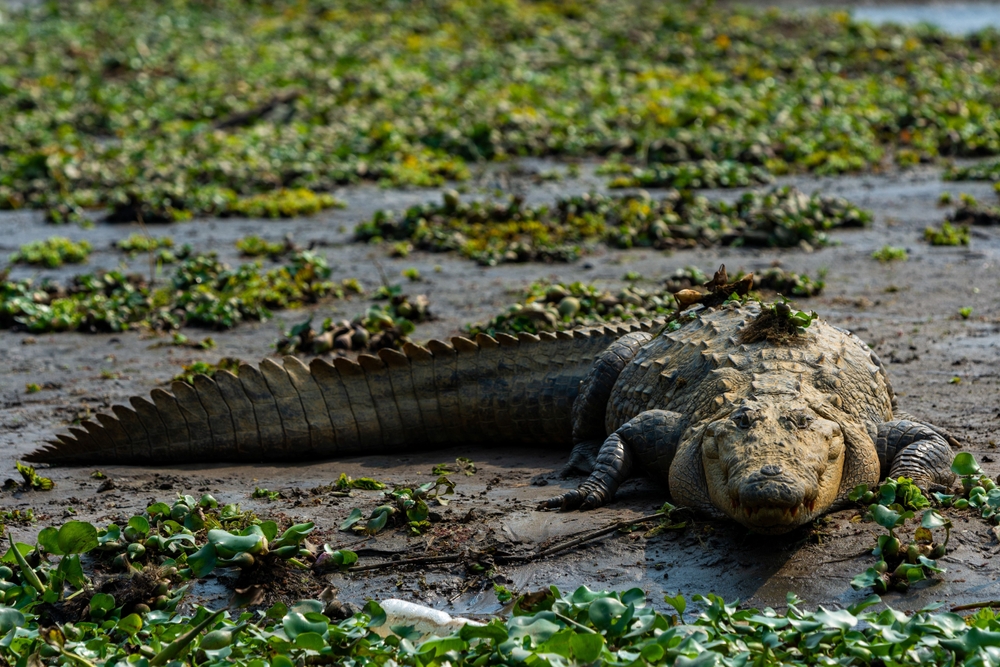
The saltwater crocodile is a blend of raw power and ancient survival instincts. Found in the waters of Southeast Asia and Australia, this reptile can grow over 20 feet long and weigh more than a ton. It uses its ambush tactics to drown and dismember prey, often humans who unknowingly venture too close to its territory. Its strength and speed in the water make it a top predator, proving that sometimes the scariest monsters are those lurking beneath the surface.
11. Poison Dart Frog: Vibrant Yet Venomous
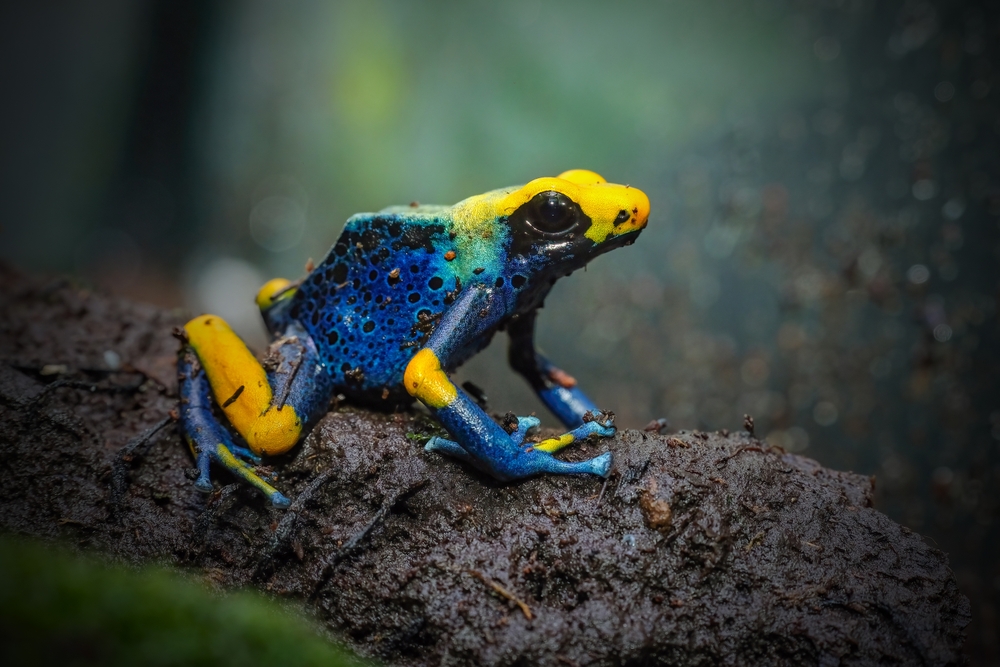
With skin that looks painted by an artist, the poison dart frog is a marvel of nature. However, their vivid colors are a warning of the potent toxins within. Native to Central and South America, these frogs secrete toxins that can cause paralysis or heart failure. Indigenous tribes have historically used their poison to tip blow darts for hunting. While they’re harmless in captivity when their toxic diet is controlled, in the wild, they’re a potent reminder of nature’s dual beauty and danger.
12. African Elephant: The Gentle Giant with a Wild Side
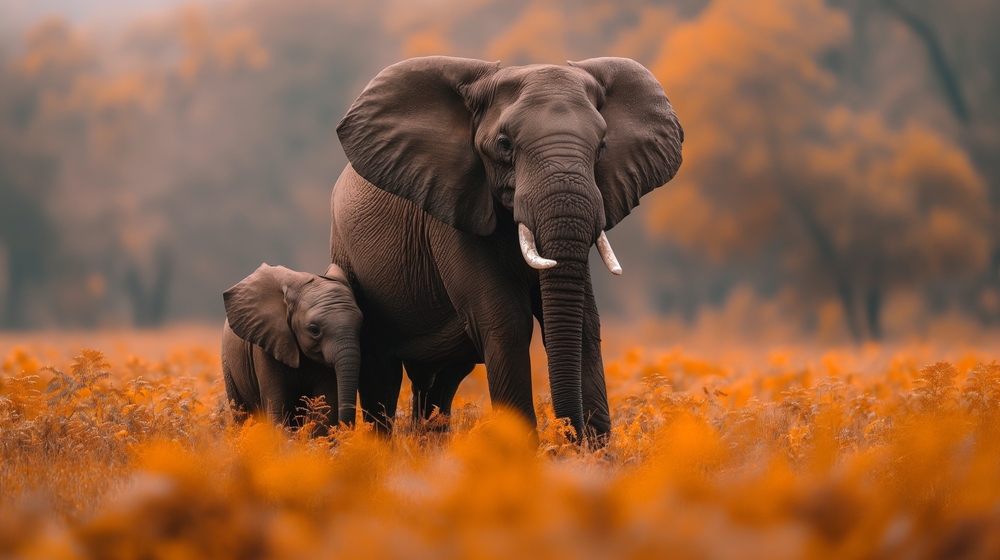
African elephants are often seen as gentle giants, but they are also capable of immense destruction. Weighing up to 14,000 pounds, they can charge at speeds of up to 25 miles per hour. When threatened or provoked, they have been known to trample anything in their path. These majestic creatures demand respect and space, underscoring the importance of coexisting peacefully with wildlife. While primarily peaceful, their sheer size and strength make underestimating them a potentially fatal mistake.
13. Cassowary: The Dinosaur’s Feathered Heir
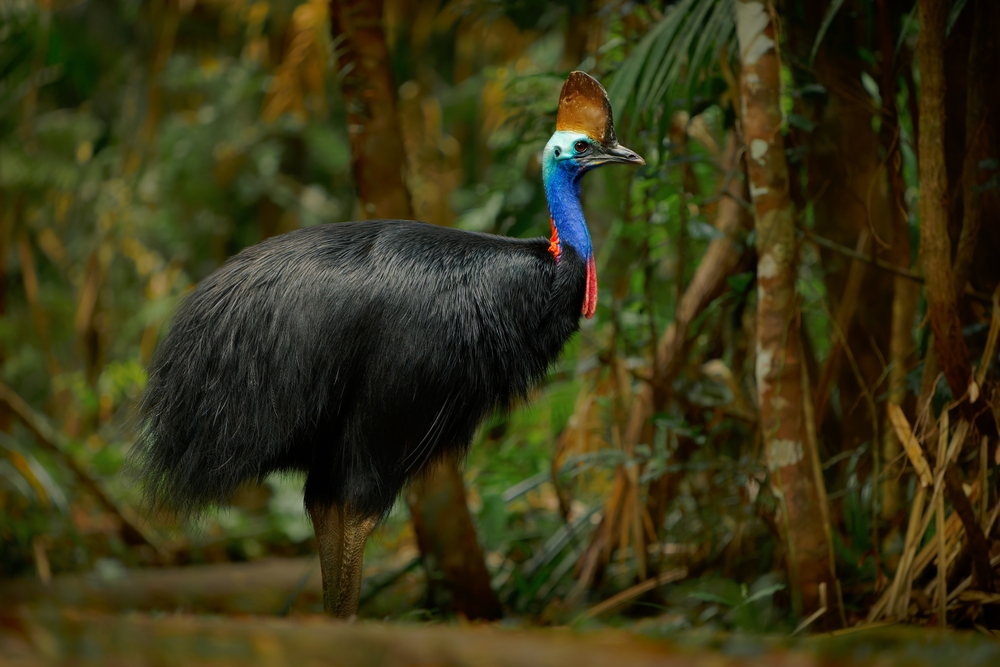
Cassowaries look like something from the age of dinosaurs, and their speed and power back up that impression. Native to the tropical forests of New Guinea and Northern Australia, these flightless birds are known for their powerful legs and sharp claws. If threatened, they can unleash a kick capable of disemboweling a human. With their striking blue skin and helmet-like casques, they’re as fascinating as they are dangerous. It’s a reminder of the primal power that still exists in pockets of our modern world.
14. Komodo Dragon: The Island’s Silent Stalker
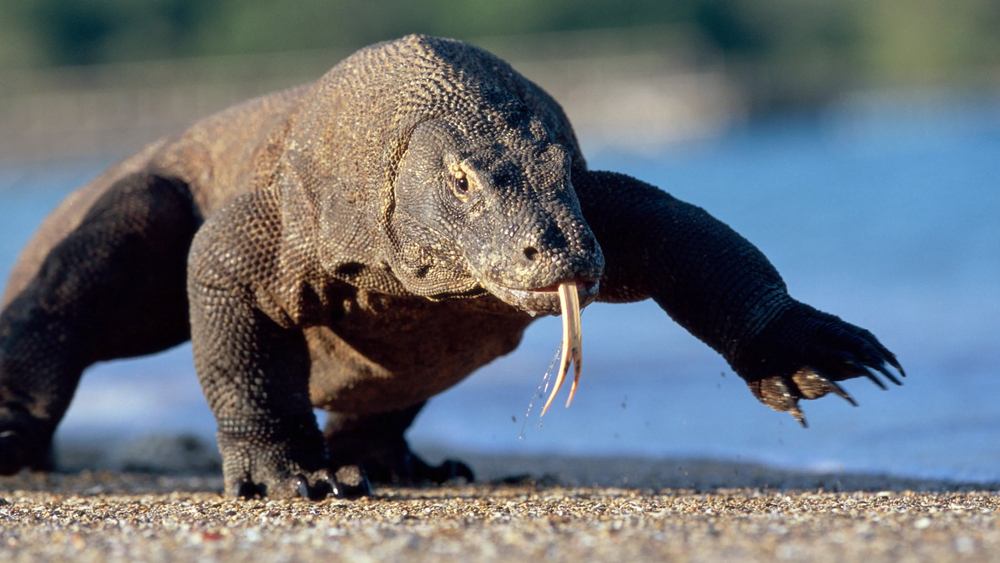
Komodo dragons are the apex predators of their island homes in Indonesia. Capable of reaching over 10 feet in length, these lizards possess a powerful bite, laced with venom that induces shock and blood loss. Their stealth and speed make them effective hunters, often ambushing prey with surprising agility. Despite their fearsome reputation, attacks on humans are rare but not unheard of, particularly if provoked. The existence of these giant lizards is a tribute to the enduring power of nature’s most ancient designs.
15. Golden Poison Frog: The Jungle’s Toxic Jewel
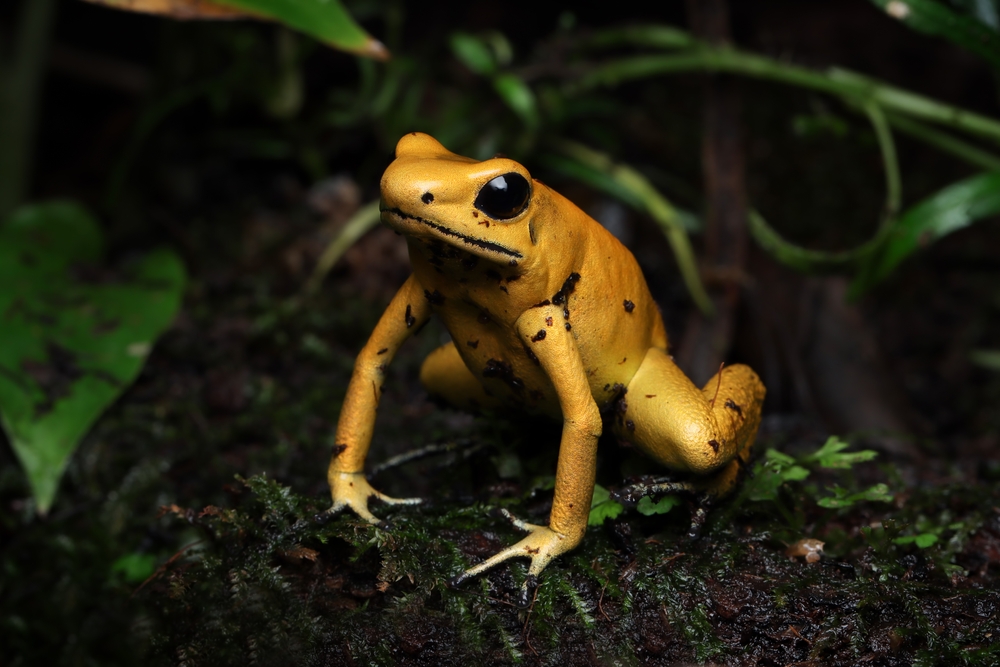
The golden poison frog holds the title for the most toxic animal on Earth. Just touching this tiny creature found in Colombia’s rainforests can be deadly. Its skin secretes batrachotoxin, capable of killing 10 humans or 20,000 mice. Indigenous hunters have used its poison to tip their blow darts, bringing down game with precision and ease. Despite its size, this vibrant frog commands respect within the jungle, serving as a stark reminder of the powerful toxins that can hide behind nature’s most beautiful masks.
